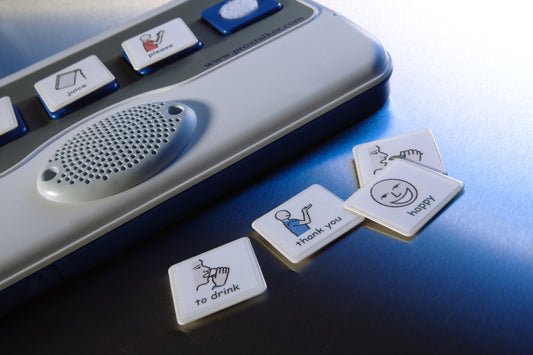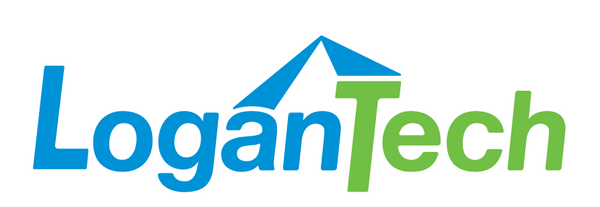LoganTech Blog: Teaching Tips, Ideas for Inclusion & More!

3 Ways You Can Encourage AAC Users to Conversat...
AAC users have different levels of disadvantages when it comes to speaking on a daily basis. How could we take our best effort and encourage them to conversate?
3 Ways You Can Encourage AAC Users to Conversate More
AAC users have different levels of disadvantages when it comes to speaking on a daily basis. How could we take our best effort and encourage them to conversate?
Meet Emily: Using ProxTalker AAC to Teach/Learn...
When we first met Emily, she was being taught to use switches to communicate mostly during her snack times. Emily didn't seem to have a meaningful connection with communication to...
Meet Emily: Using ProxTalker AAC to Teach/Learn Communication
When we first met Emily, she was being taught to use switches to communicate mostly during her snack times. Emily didn't seem to have a meaningful connection with communication to...
LoganTech visits EASTCONN’s Assistive Technolog...
Article by Joanne Lambert, M.S. CC-SLP - EASTCONN Glen Dobbs, the president and founder of LoganTech visited the Assistive Technology team at EASTCONN to provide a demonstration on a variety...
LoganTech visits EASTCONN’s Assistive Technology Team
Article by Joanne Lambert, M.S. CC-SLP - EASTCONN Glen Dobbs, the president and founder of LoganTech visited the Assistive Technology team at EASTCONN to provide a demonstration on a variety...

Why Braille is Important to Me - A Perspective ...
Guest authored by: Karen Santiago, Founder & Editor of The Blind Perspective. Why is Braille important to me, especially as a person who lost the majority of my sight later in...
Why Braille is Important to Me - A Perspective on Braille Literacy from Someone Who Lost Her Sight Later in life
Guest authored by: Karen Santiago, Founder & Editor of The Blind Perspective. Why is Braille important to me, especially as a person who lost the majority of my sight later in...

Activity & Travel Tips for Happier, More Inclus...
We hosted a webinar entitled "Activity & Travel Tips for Happier, More Inclusive Holidays" this month, and it was a lot of fun. We gathered tips and activity ideas from...
Activity & Travel Tips for Happier, More Inclusive Holidays (Webinar)
We hosted a webinar entitled "Activity & Travel Tips for Happier, More Inclusive Holidays" this month, and it was a lot of fun. We gathered tips and activity ideas from...

Job Hunting and Interview Tips for people with ...
We hosted a webinar entitled "Job Hunting and Interview Tips for people with Disabilities" this month in honor of Disability Employment Awareness Month, and it was a big hit. We covered a...
Job Hunting and Interview Tips for people with Disabilities (Webinar)
We hosted a webinar entitled "Job Hunting and Interview Tips for people with Disabilities" this month in honor of Disability Employment Awareness Month, and it was a big hit. We covered a...
